Lexton Historic Walking Tour

A Brief History of Lexton
In 1836 Major Thomas Mitchell the explorer passed through this area on his return journey from Portland to Sydney. His glowing report on the grazing lands in the Western District resulted in squatters from Sydney travelling south using his wheel tracks as a guide. Squatters from Tasmania were also looking for new pastures, travelling to the Wimmera via Geelong. Their paths crossed at what was to become Lexton.
The area was settled by 1838 and in 1845 the township of Lexton (then known as Burnbank) was established by David Anderson and William Millar who built an Inn, Store, Blacksmith and Wheel-wright Shop at the crossroads. Burnbank was one of the oldest inland towns in what later became Victoria. It became a centre for government administration before the first official gold discoveries.
In the next decade, the 1850's, exciting gold discoveries took place all around Lexton. The town grew quickly being the only service provider in the area, as the next closest town was Buninyong.
As the gold rushes declined Lexton returned to being a service centre for the pastoral industry. Today it is still associated with the production of fine wool.
Map Showing Points of Interest

Points of Interest
1. The Toll Bar Park is the site of John Mylrea's Lexton Hotel built by 1852. It was a Cobb & Co Staging Post. The 27 room complex was destroyed by fire on 10.2.1899. The Toll Bar Park was created in 1985 as Lexton's contribution to Victoria's 150th Celebrations.
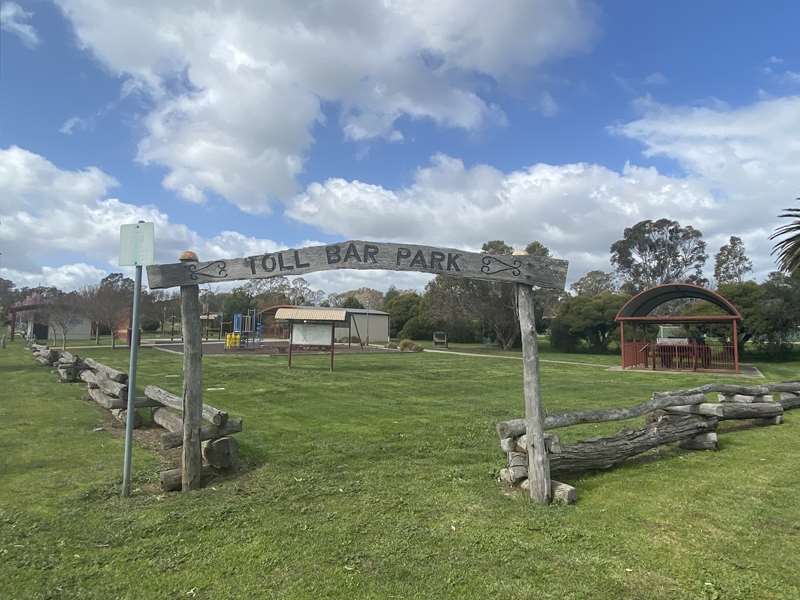
2. In 1845 the Burnbank Inn & Store was established by David and Janet Anderson. On 1.7.1848 an official Post Office was established with David Anderson as Postmaster. The Burnbank Inn was the scene of great excitement in 1851 as it was the only Inn in the area when gold was discovered on Cameron's run 'Clunes'. By 1859 the Pyrenees Hotel had replaced the Burnbank Inn, on the same site, with Samuel Goodshaw as publican.
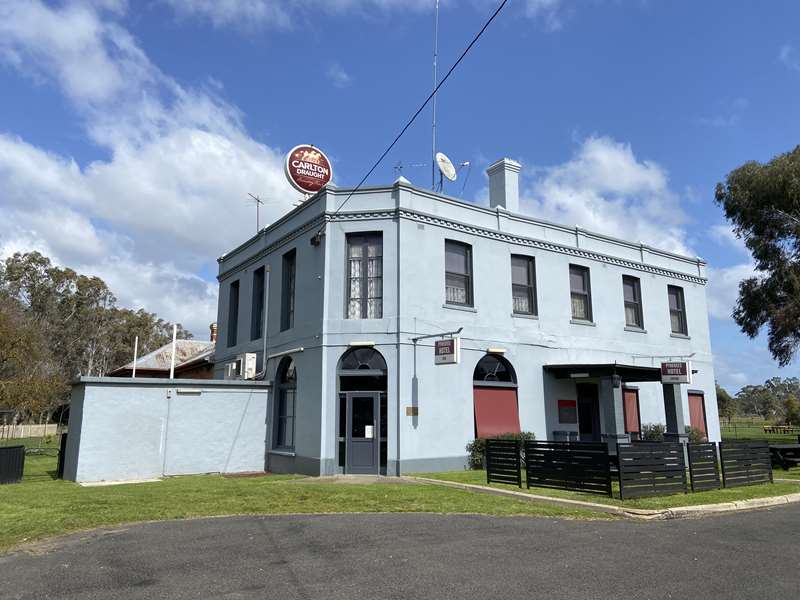
3. In 1847 Charles Williamson opened the Pyrenees Store Co. which, during the gold rush, had branches in Ararat and Stawell. Further south in Thomson Street, Michael Lyons had a blacksmith and wheelwright shop in 1847.
4. The Lexton Public Hall is situated on the original road to the Wimmera. In 1898 the ANA purchased the Doctors Creek School and moved it to Lexton for use as a Public Hall. The original building has been altered and additions made. Opposite the Public Hall is one of the oldest homes in the town 'Sunnyside' built by the pioneer Anderson family.
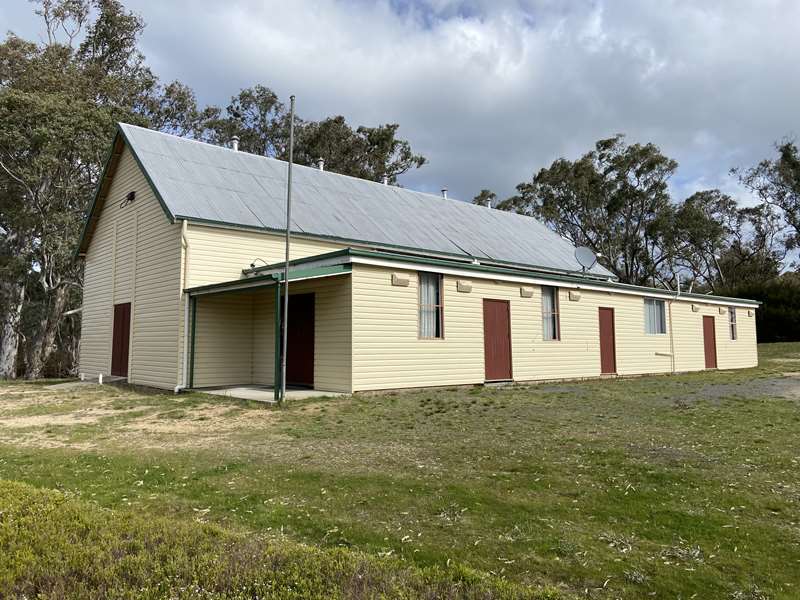
5. Lexton's second Court House was built in 1874 by Thomas Watts. The new Court House included an additional two rooms which had been requested by the Lexton Shire for use by the Council. In 1936 the Lexton Court House complex was purchased by the Shire for 300 pounds.
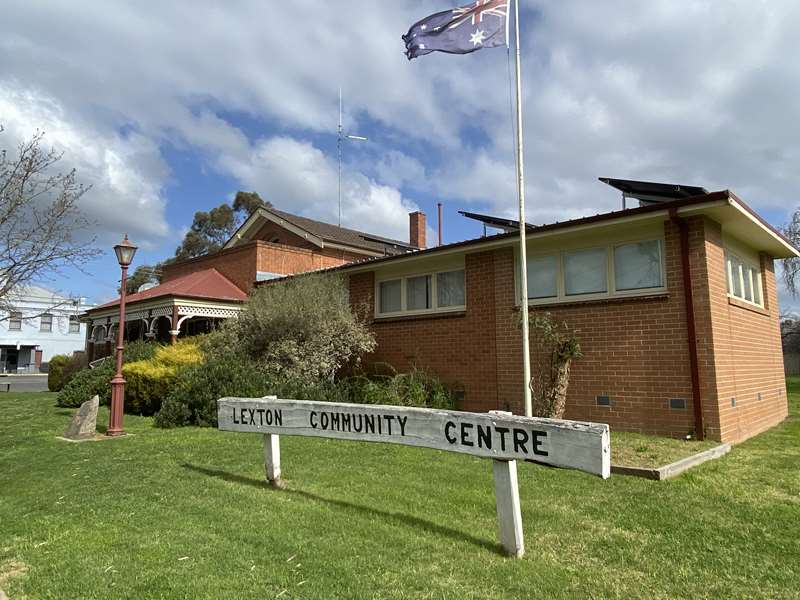
6. In 1854 John Semple and John Roxburgh established a General Store and Butcher's Shop. In 1856 Walter Fairlie took over the Grocery Store.
7. Site of the Carriers Rest Boarding House. In 1867 Donald C. Ferguson and Wm. Kendall held a beer licence. Across the Burnbank Creek you will see the site of David Gray's Blacksmith and Wheelwright's Shop opened in 1849.
8. This building was Mrs Bank's Sweet Shop from about 1916. On 1.12.1925 the Post Office was moved here and continued operating until 1987. The Post Office was then transferred to the Lexton General Store.
9. Sandlant's Timber Mill. Timber from the Pyrenees was used to build the Geelong Wharves. From 1931 until the 1950's 10-12 people were employed producing timber for houses, bridges and posts for the Country Roads Board.
10. Uniting Church. The first Methodist service was held in the home of Mr. J. Simpkin on this site in 1856. Later the land was given to the Methodist Church. The first church opened on 26.7.1863 and the present chapel was brought from Clemenston near Creswick in 1912.

11. Site of Lexton Free Library and Tennis Courts. The Library was in use by 1881. In recent times the building had been used as a meeting place for groups such as CWA, Euchre Tournaments, Table Tennis and other sporting bodies. There were earthen tennis courts on the east side of the library.
12. St Andrew's Presbyterian Church and School built in 1856 by Messrs Fletcher and Shugg of Carngham. A Presbyterian School was conducted in the town from 1855 and the school moved into the church as soon as it was opened. In 1876 the Church was rebuilt on the original foundations.

13. Major Mitchell Memorial Plaque was unveiled on 28.3.1930. The inscription records that Major Mitchell passed through the area on 25 September 1836.
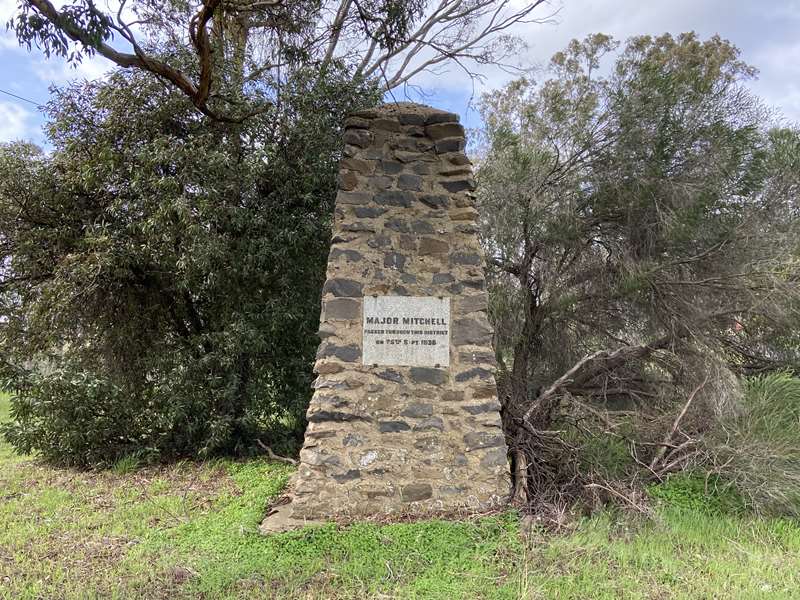
14. Primary School No. 1569 opened on 1.5.1875. The builder was William Phelan. A school residence of 4 rooms adjoined the school.
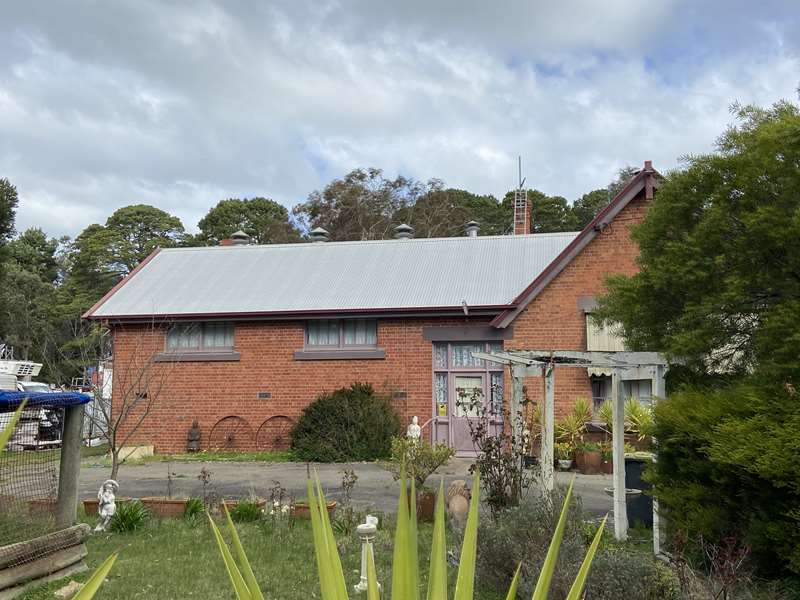
15. St Joseph's Catholic Church and grave sites. The first Catholic Mass was celebrated in Lexton by a travelling Priest in 1851 but it was 1894 before the first St Joseph's Church was built by Mr David Gray. The second St Joseph's opened on 9.10.1977. On an 1857 map of the Lexton township, 4 graves are shown in the south east portion of the Church block with a further 3 graves shown just across the road in Clapperton Street east.
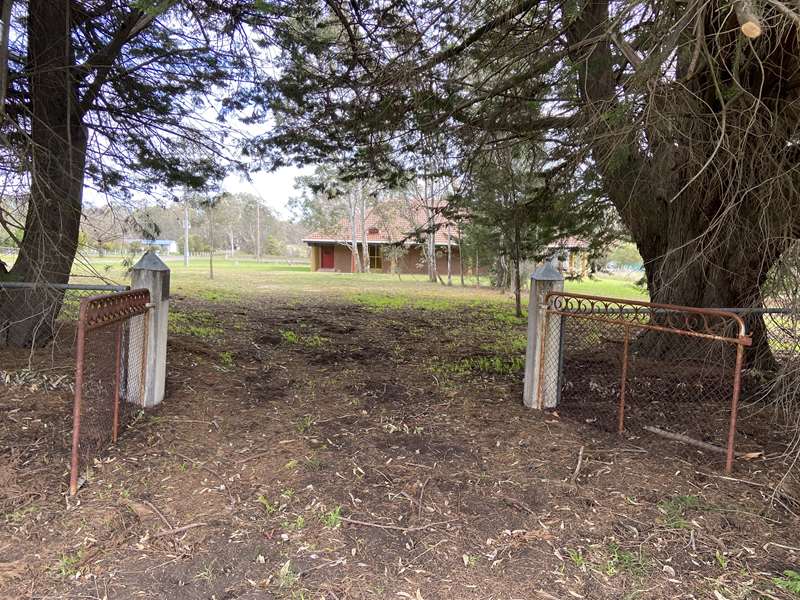
16. St Mary's Anglican Church. The first Anglican Service was held in Lexton by the Rev. John Cheyne in 1850. In 1874 Ballarat Architect Mr Figgis drew up plans for St Mary's which was built by William Morley of Amphitheatre on land given by William Grayling.
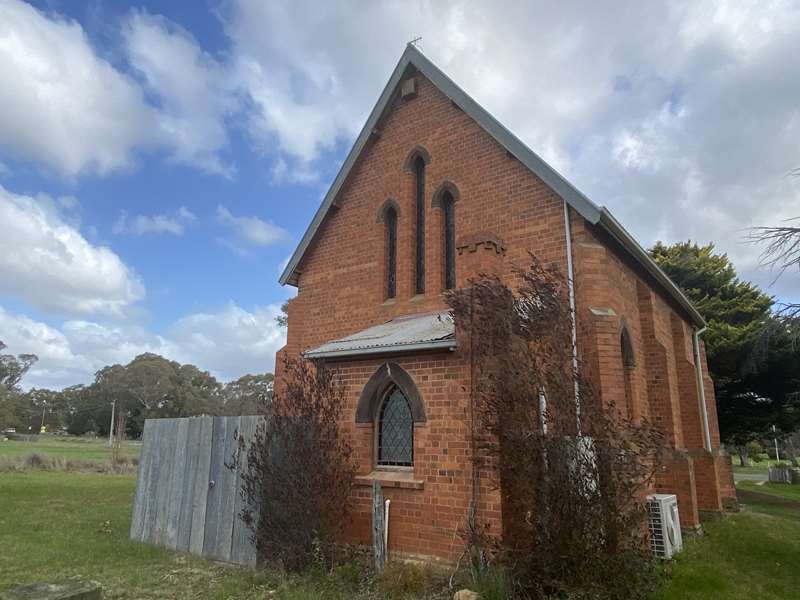
17. Site of Store. William and Rachel Millar and family were pioneer settlers here in 1845. Their General Store became Lexton's first Court House and Police Magistrate's residence after William's death in 1852. The land surrounding the buildings became the Police Paddocks.
18. In 1849 Richard Grayling, a tailor, together with his wife Jane, established a general store, which continued to trade on this site until 1965.
Other places of interest in the district -
19. Doctors Creek. In 1840 Dr John Sealy Griffin lived north of the bridge. In 1853 Dr Joseph L.V. Gregory moved, for a short time, into The Manse south of the Bridge. He was followed by Dr Henry Laing who stayed until 1856 when the Rev. & Mrs Alexander Adam moved into The Manse.
20. Cemetery. The cemetery, consisting of 4 hectares, 3 kms east of Lexton, opened in 1853. Before this there were some burials near the present Catholic Church.
21. Site of Presbyterian Manse. In 1847, adjoining Doctors Creek, the squatters built a comfortable Manse of four rooms with an outside kitchen. They also fenced a glebe and established a garden of one hectare. Unfortunately the Manse was destroyed by fire in 1870 and today only a few bricks remain in the paddock south of the cemetery.
22. Rifle Range. The Lexton Rifle Club was in existence in September 1888. Teams from the Lexton Rifle Club won the Skene Shield in 1960 and 1966. In 1970 Lexton Rifle range closed and members transferred to Beaufort.
23. Battery Dam. Amphitheatre Road. The Talbot Leader reported gold mining in this area in 1892. Ore from the Pyrenees Range was transported along the Amphitheatre Road to a 4 head battery. A dam was built across the creek to provide water for the steam engine which worked the battery and the quartz crushing operation.
24. Recreation Ground, Football Ground, Golf and former Racecourse. The recreation reserve consists of ten hectares. The first record of a horse racing meeting being held in Lexton was on 22.11.1870. Meetings continued until 1913. The 18 hole Golf Course was in use by 1926. This is also the home ground of the Lexton Football Club.
Photos:
Location
Sunraysia Highway and Williamson Street, Lexton 3352 View Map








